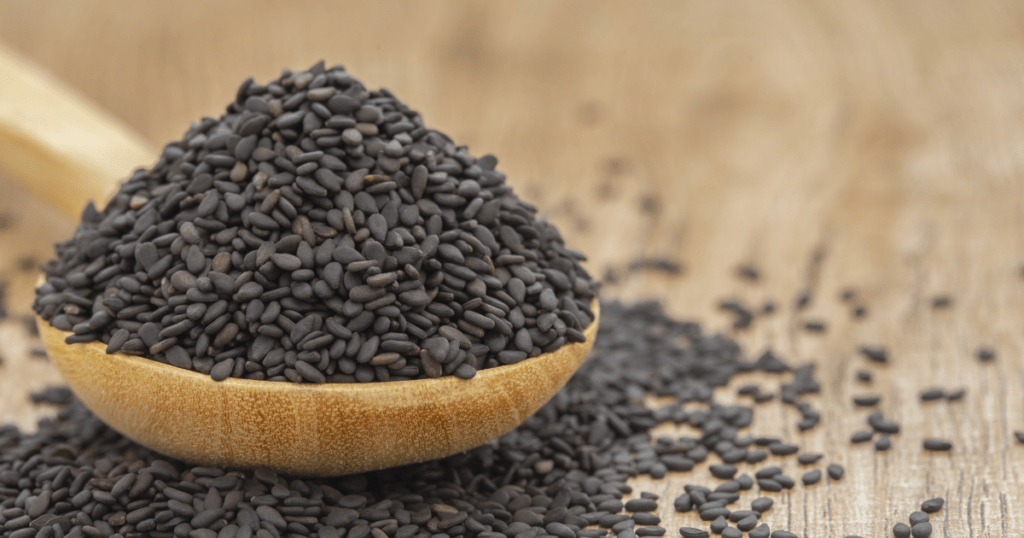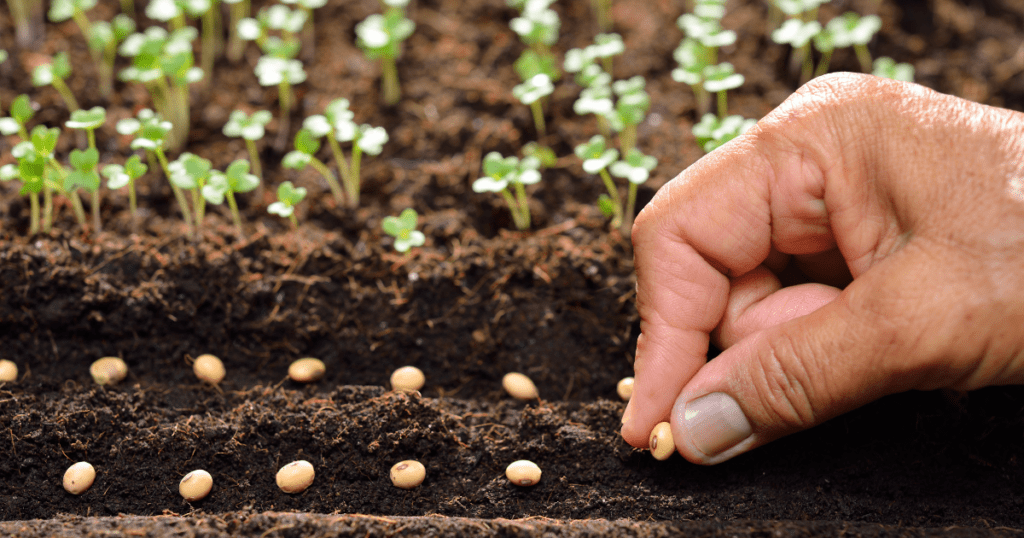Have you ever wondered about the fascinating world of black walnut tree seeds? In this text, we are able to explore the fascinating world of black walnut tree seeds, their properties, uses, and the blessings that come from them. So let’s start this adventure
The Black Walnut Tree Seeds: A Closer Look
The dark walnut tree (Glans Niagara) is a striking species local to North America, esteemed for its wood, nuts, and environmental part. Understanding its seeds includes a closer examination of its regenerative science, environmental noteworthiness, and human uses.
Reproductive Biology
Black walnut trees are repetitive, meaning they have partitioned male and female blossoms on the same tree. The male blooms, or catkins, deliver dust, whereas the female blossoms, found on terminal shoots, create into nuts if pollinated. Fertilisation is essentially accomplished by wind, in spite of the fact that creepy crawlies can moreover play a role.
The walnut natural product, commonly alluded to as a nut, comprises of a green husk encompassing a difficult shell encasing the seed itself. This external husk contains container solitary, a chemical compound that represses the development of numerous other plants, giving dark walnut trees a competitive edge in their environment.
Ecological Significance
In its local run, the dark walnut tree plays a pivotal part in woodland environments. It gives nourishment and environment for different natural life species. Squirrels, in specific, are well-known for their part in scattering dark walnut seeds. They frequently bury nuts for future mutilation but may disregard or come up short to recover a few, permitting seeds to grow and modern trees to grow.
The nearness of container solitary in the husk and roots of dark walnut trees moreover influences adjacent vegetation. This chemical acts as a characteristic herbicide, restricting the development of certain plants beneath the tree’s canopy—a wonder known as clairvoyance. Thus, the conveyance and development of vegetation around dark walnut trees are affected by this chemical fighting strategy.
Human Uses
Humans have used dark walnut trees for centuries. The wood is exceedingly prizes for its quality, strength, and alluring grain designs, making it important for furniture, flooring, and lacquer. The nuts themselves are consumable and have a wealthy, particular enhance utilised in culinary applications like preparing and confectionery.
Harvesting dark walnuts includes collecting and handling the nuts once they have fallen from the tree and expelling the external husk, a prepare that can recolour hands and clothing due to the husk’s characteristic colons. The nuts themselves are tall in protein and solid fats, in spite of the fact that they are eminently harder to split compared to other nut species.
key takeaways Unlocking the Secrets of Black Walnut Tree Seeds?
- Nutrient-Rich Seeds: Dark walnut tree seeds are nutrient-dense and wealthy in proteins, solid fats (like omega-3 greasy acids), and fundamental minerals such as magnesium and phosphorus.
- Germination Challenges: Sprouting dark walnut seeds can be challenging due to characteristic inhibitors in the husk and the shell that anticipate early growing. Legitimate arrangement strategies like stratification (cold treatment) can offer assistance progress germination rates.
- Toxicity Concerns: The husks of dark walnut seeds contain jug lone, a chemical that restrains the development of other plants (telepathy). Taking care of the husks can recolour hands and clothing and may cause skin irritation.
- Slow Development: Dark walnut trees develop gradually compared to a few other species, but they are esteemed for their high-quality wood and the nuts they produce.
- Environmental Benefits: Dark walnut trees contribute to biodiversity by giving nourishment and territory for natural life. They are too critical in woodland environments and for ranger service purposes.
Characteristics of Black Walnut Tree Seeds
The seeds of the black walnut tree are small, brown nuts These seeds are usually oval or oblong in shape and range from about 1 to at least 1 degree. Five inches in duration. The outer rind is thick and rough, turning dark brown or black when mature.
Dark walnut tree seeds, deductively known as Glans Niagara, show a few unmistakable characteristics that are critical for their recognisable proof and propagation:
- Seed Appearance: Dark walnut seeds are encased inside a thick, green husk that continuously turns dark as the seed develops. The husk is at first smooth but creates a wrinkled surface as it dries.
- Size and Shape: The seeds themselves are generally expansive compared to other tree seeds, regularly measuring around 1 to 2 inches (2.5 to 5 cm) in length. They have an oval or oval shape with a pointed tip.
- Colon: When the seeds are ready, they have a dim brown to dark colour. This contrasts with the green husk, which gets to be darker as it ages and in the long run parts open to uncover the nut inside.
- Nut Composition: The external shell of the dark walnut seed is exceptionally difficult and thick, giving great assurance for the part interior. The part itself is sleek and has a wealthy, flavourful taste, frequently utilised in cooking and baking.
- Germination Prerequisites: Dark walnut seeds have a torpidity period that needs to be broken for fruitful germination. This can be accomplished actually through overwintering or misleadingly through stratification forms that mirror winter conditions.
- Germination Rate: Germination rates for dark walnut seeds can change broadly, regularly impacted by components such as seed quality, capacity conditions, and natural variables amid germination.
- Ecological Part: Dark walnut trees are local to North America and play a significant environmental part in woodland environments. They give nourishment and protect for natural life, contribute to soil ripeness through leaf litter, and their wood is exceedingly esteemed for its quality and beauty.
- Cultural and Financial Significance: Past their environmental noteworthiness, dark walnut trees are developed for their profitable timber and nuts. The wood is prizes for furniture-making and other carpentry applications, whereas the nuts are utilised in culinary dishes and prepared for their oils.
The Life Cycle of Black Walnut Tree Seeds
Understanding the life cycle of black walnut tree seeds is essential to appreciating their significance.
The Seedling Stage
Black walnut tree seeds begin their journey as tiny embryos within the nut. When planted in fertile soil, they germinate and sprout into seedlings. This is a critical stage inside the lifestyles of a black walnut tree because it determines the tree’s future growth.
The Sapling Stage
As the seedlings grow, they develop into saplings. During this stage, they continue to absorb nutrients and sunlight, growing stronger and more resilient.
Maturity and Reproduction
Once the saplings mature into full-grown trees, they produce their own black walnut tree seeds. These seeds, in turn, continue the existence cycle by falling to the ground and eventually germinating, giving an upward push to new trees.

The Uses of Black Walnut Tree Seeds
Now that we have explored the existence cycle of black walnut tree seeds, let’s dive into their realistic uses.
Culinary Delights
Black walnut tree seeds are prizes for their rich, earthy flavour. They are regularly utilised in cooking and baking, adding a unique taste to diverse dishes. From cookies to cakes, these seeds can elevate the culinary revel in.
Medicinal Properties
These seeds even have a record of medicinal use. They are believed to have anti-inflammatory properties and can be used to make herbal treatments. However, it’s essential to talk over them with a healthcare expert before using them for medicinal purposes.
Woodworking
Black walnut timber is quite valuable in the international woodworking industry. The wood is understood for its power, sturdiness, and beautiful darkie colour. Woodworkers use it to create exquisite furniture portions, cabinetry, and decorative gadgets.
Natural Dye
The outer husks of black walnut tree seeds can be used to create a natural dye. This dye is famous amongst artists and craters for its particular earthy tones.
for table Unlocking the Secrets of Black Walnut Tree Seeds?
| Aspect | Details |
|---|
| Scientific Name | Glans Niagara |
| Seed Description | Hard-shelled nut with a deeply furrowed outer husk |
| Seed Size | Typically 1-2 inches in diameter |
| Seed Composition | Outer green husk, hard inner shell, edible nut kernel |
| Germination Period | 4-6 weeks under optimal conditions |
| Germination Process | Requires stratification (cold treatment) to break dormancy |
| Growing Requirements | Deep, well-drained soil; full sun exposure |
| Uses | Timber, nut production, medicinal properties |
| Challenges | Susceptible to pests and diseases; telepathically effects |
The Benefits of Black Walnut Tree Seeds
Now that we have explored the uses of black walnut tree seeds, let’s speak about the benefits they provide.
Environmental Benefits
Black walnut wood plays a critical role in maintaining ecological balance. Black walnut tree seeds are believed to have anti inflammatory houses and can be used in herbal remedies. However, it is essential to seek recommendation from a healthcare expert earlier than using them for medicinal capabilities.They provide habitat and food for numerous herbivore species, contributing to biodiversity.
Nutritional Value
Black walnut tree seeds are an extremely good source of critical nutrients. They comprise protein, healthful fat, and diverse nutrients and minerals, making them a nutritious addition in your weight-reduction plan.
Sustainable Resource
The cultivation and use of black walnut tree seeds promote sustainability. By planting and harvesting these timber responsibly, we will make sure a continuous supply of valuable assets.

FAQs About Unlocking the Secrets of Black Walnut Tree Seeds?
Q: Can I eat black walnut tree seeds?
Yes, you can eat black walnut tree seeds. They are generally utilised in cooking and baking, including a unique taste to various dishes.
Q: Are there any fitness advantages to ingesting black walnut tree seeds?
Black walnut tree seeds are believed to have anti inflammatory houses and can be used in herbal remedies. However, it is essential to seek recommendation from a healthcare expert earlier than using them for medicinal capabilities.
Q: How can I expand black walnut trees from seeds?
To expand black walnut bushes from seeds, collect mature seeds, take away the outer husks, and plant them in fertile soil. Keep the soil wet, and the seeds will germinate into seedlings.
Conclusion
The black walnut tree does not actually have small nuts; They are the key to the rise and stability of these questions. They are used in culinary arts, woodworking and while herbal dyes demonstrate their versatility. Black walnut tree seeds are believed to have anti inflammatory houses and can be used in herbal remedies. However, it is essential to seek recommendation from a healthcare expert earlier than using them for medicinal capabilities.Additionally, their nutritional value and environmental benefits make them an important part of our environment. So, the next time you come across the seeds of the black walnut tree, remember their hidden treasures and their importance to our universe.

